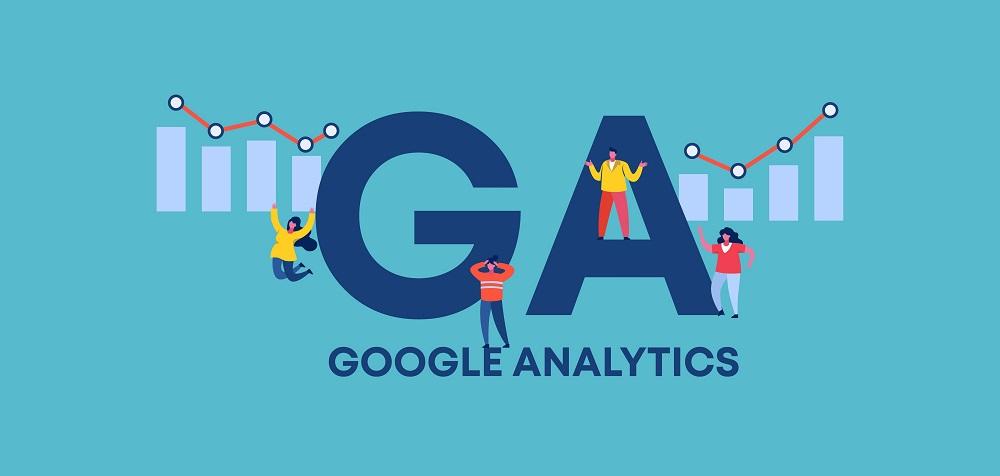|
If you don’t know how your website's performing, it’ll be very difficult for you to stay in the competitive online industry of today. If you’re a business owner or marketer, Google Analytics can offer you extensive insights into your online presence. While the platform may seem intimidating at first, it's pretty simple to grasp, especially when optimising your online strategy. Let’s walk you through the essentials of Google Analytics so that you can harness its full potential. Setting Up Your Account
The first step in creating your Google Analytics is to set up an account. Head over to analytics.google.com, sign in with your Google account, and follow the instructions to create a new property for your website. Once you've received your unique tracking code, add it to the HTML code of your website. That’s it – you're primed to commence data collection! Understanding the Dashboard When you log in to Google Analytics, you'll see a dashboard overviewing your website's performance. Here, you can track metrics such as the number of visitors, average session duration, bounce rate, and more. Go ahead and familiarise yourself with the different sections of the dashboard. They’re all important aspects of your website's performance. Exploring Key Metrics Google Analytics brings multiple metrics to decode user interaction with your website. Some pivotal ones to focus on include: 1. Traffic Sources: This shows where your website traffic is coming from. It could be through organic search, social media, referral links, or direct visits. Whatever the case, this is a great place to identify where you can allocate your resources more effectively. 2. Pageviews: Pageviews indicate the total number of pages visitors view on your website. Looking into these can help you spot which pages are the most popular and which may need improvement. This is a great way to find out what your audience is interested in. 3. Bounce Rate: The bounce rate represents the percentage of visitors who leave your website after viewing only one page. A high bounce rate could mean visitors aren't finding what they're looking for or that your website's design needs optimisation. 4. Conversion Rate: How do you know if your marketing campaigns and website design are effective? Through conversion rate! They measure the percentage of visitors who take a desired action on your website, such as purchasing, signing up for a newsletter, or filling out a contact form. Setting Goals and Funnels For precise tracking of actions like completing purchases or signing up for services, leverage Google Analytics to set up goals. Goals offer insightful information about user behaviour. They allow you to evaluate your website's performance against specific objectives. Additionally, funnels can be created to map out user steps toward completing desired actions, revealing where visitors might drop off in the process. For example, suppose your goal is to track how many visitors complete a purchase on your e-commerce website. In that case, your funnel might include viewing product pages, adding items to the cart, entering shipping and payment information, and completing the purchase. Setting up a funnel lets you identify where visitors are dropping off. Continuous Optimisation Google Analytics is a great resource for guiding your website’s future decisions. If you regularly analyse data from your site, spot trends and patterns, you will be able to utilise this knowledge to improve your marketing tactics. It’s a simple way to achieve your business goals so what are you waiting for?! Our SEO services include reviews of how your website pages is performing. Find out more by clicking on the button below.
0 Comments
Your comment will be posted after it is approved.
Leave a Reply. |
Topics
All
|
Insider's guide to Search Engine Optimisation
Are you ready to improve your own website? Here's a front-page preview to our guide that can help. Complete the form and download your free copy!
Perfect Layout Digital Marketing
|
HoursM-F: 9am - 5pm
|
Telephone |
|
Copyright © 2024. All rights reserved. Blog policy. Privacy Policy. Photography by Picture Partnership






